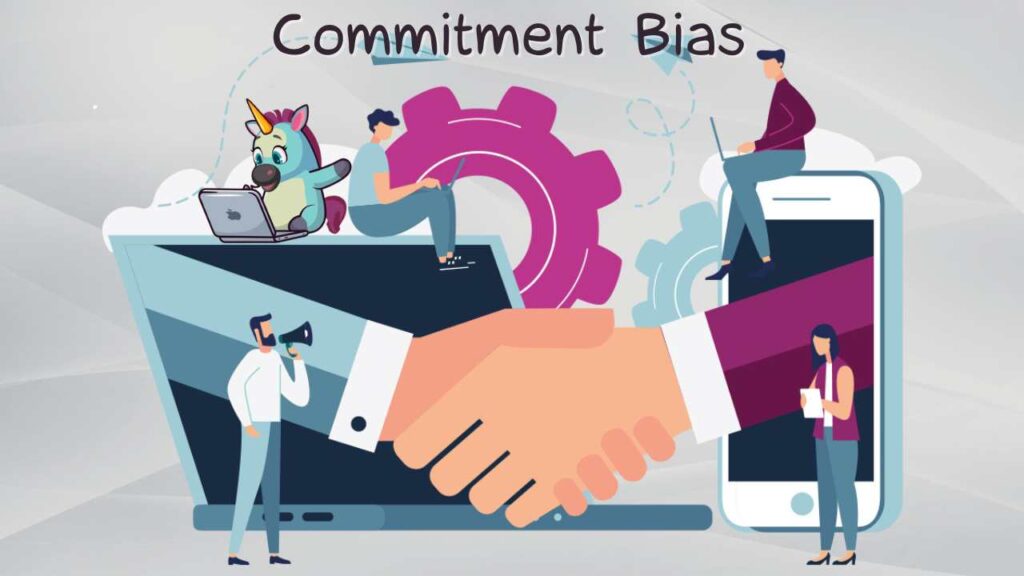
Ever found yourself sticking with a gym membership you barely use or continuing to watch a TV series even though you’ve lost interest?
You’re not alone.
This behavior is a prime example of commitment bias in action.
But wait a minute…
Why do we keep committing to things that no longer serve us?
Enter the Commitment Bias Effect.
This psychological principle suggests that once we’ve decided or taken an action, we tend to stick with it, even when it’s not in our best interest.
Marketers and brands leverage this tendency to create loyal customers and drive long-term engagement.
It’s like our brains say, “I’ve started this, so I might as well see it through!“
🧠 The Psychology of Commitment Bias
So, what’s the mental trick behind the Commitment Bias Effect?
It all boils down to our desire for consistency and our aversion to cognitive dissonance.
When we make a commitment, it becomes part of our self-image.
Backing out would mean admitting we were wrong, which can be psychologically uncomfortable.
The Commitment Bias Effect exploits this psychological tendency by encouraging small initial commitments that can lead to larger ones over time or vice versa.
⚖️ The Good, the Bad, and the Commitment Trap
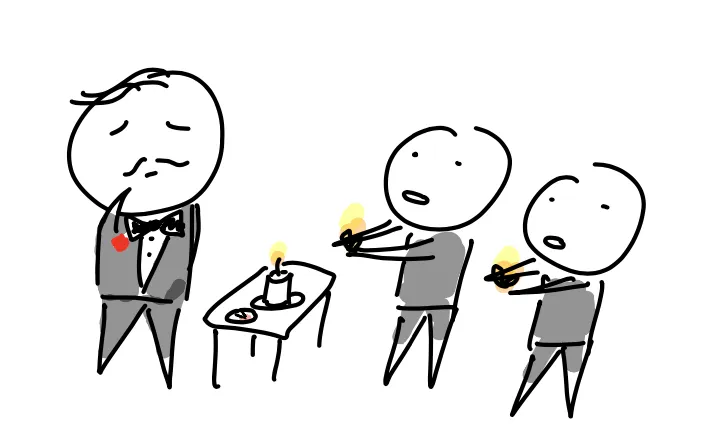
While the Commitment Bias Effect can be a powerful tool for building customer loyalty, it’s not without its considerations:
On the positive side, a well-executed commitment bias strategy can:
- Create long-term customer relationships
- Increase customer lifetime value
- Drive repeat purchases and brand loyalty
However, there are also potential downsides to consider:
- Customers may feel trapped or manipulated if overused
- It can lead to customer dissatisfaction if the product or service doesn’t meet expectations
🚨 The Effects of Commitment Bias in Digital Marketing

In the world of digital marketing, commitment bias can have significant impacts:
Improved Retention: By encouraging small initial commitments, brands can keep customers engaged over time.
Increased Conversions: Techniques like foot-in-the-door can lead to larger purchases or commitments.
Emotional Connection: Customers may develop stronger emotional ties as they continue to engage with a brand.
Loyalty Programs: Rewards systems leverage commitment bias to encourage ongoing participation.
🐐 Commitment Bias Hall of Fame GOATs
Check out these brands that have mastered the art of leveraging commitment bias:
🏋️ Peloton

Peloton’s high upfront cost for their exercise bikes creates a strong initial commitment. Users are more likely to stick with the subscription service to justify their investment.
📱 Apple
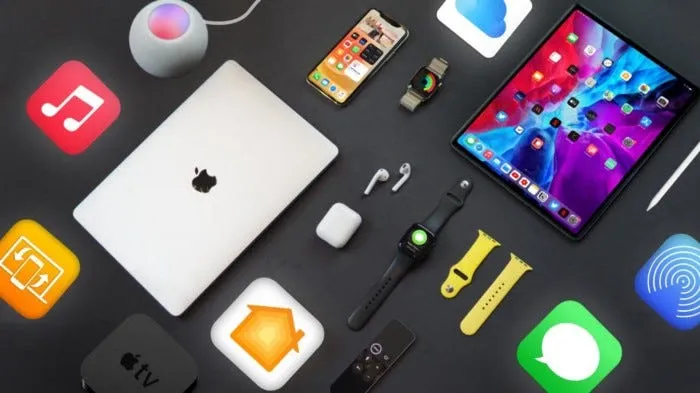
Apple’s ecosystem creates a series of small commitments (apps, iCloud, etc.) that make it psychologically difficult for users to switch to other brands.
💪 MyFitnessPal

MyFitnessPal encourages users to log their meals and exercise daily. The more data users input, the more invested they become in the platform, making it harder to switch to a competitor.
☕ Starbucks
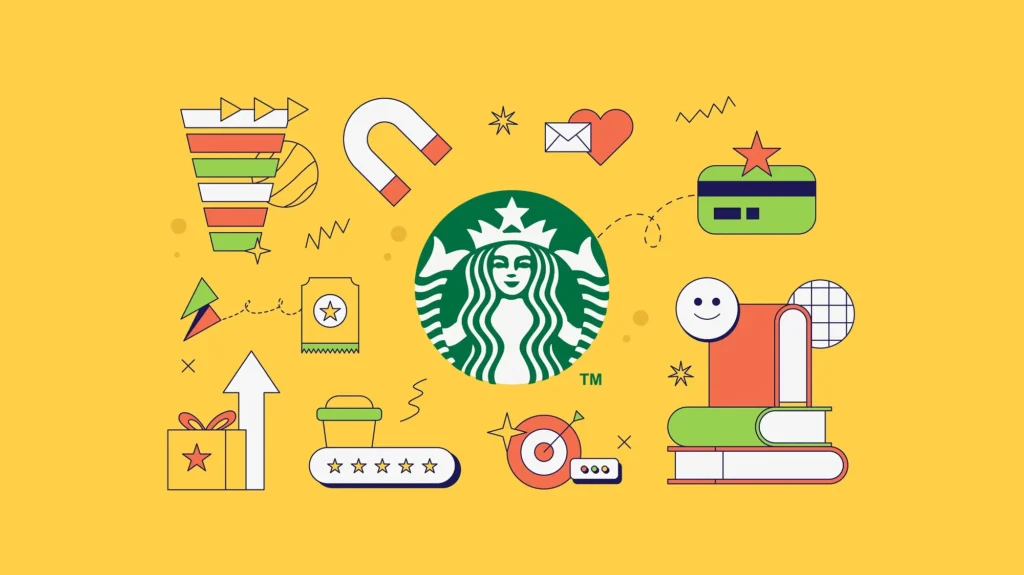
Starbucks’ loyalty program encourages repeated small commitments (buying coffee) to earn rewards, keeping customers coming back.
By studying these examples, understanding the psychology behind the Commitment Bias Effect, and considering the potential pitfalls, you can develop a balanced marketing strategy that builds customer loyalty while respecting consumer autonomy.
Just remember: in the game of commitment bias, it’s all about creating value that makes customers want to stay, not feeling like they have to!

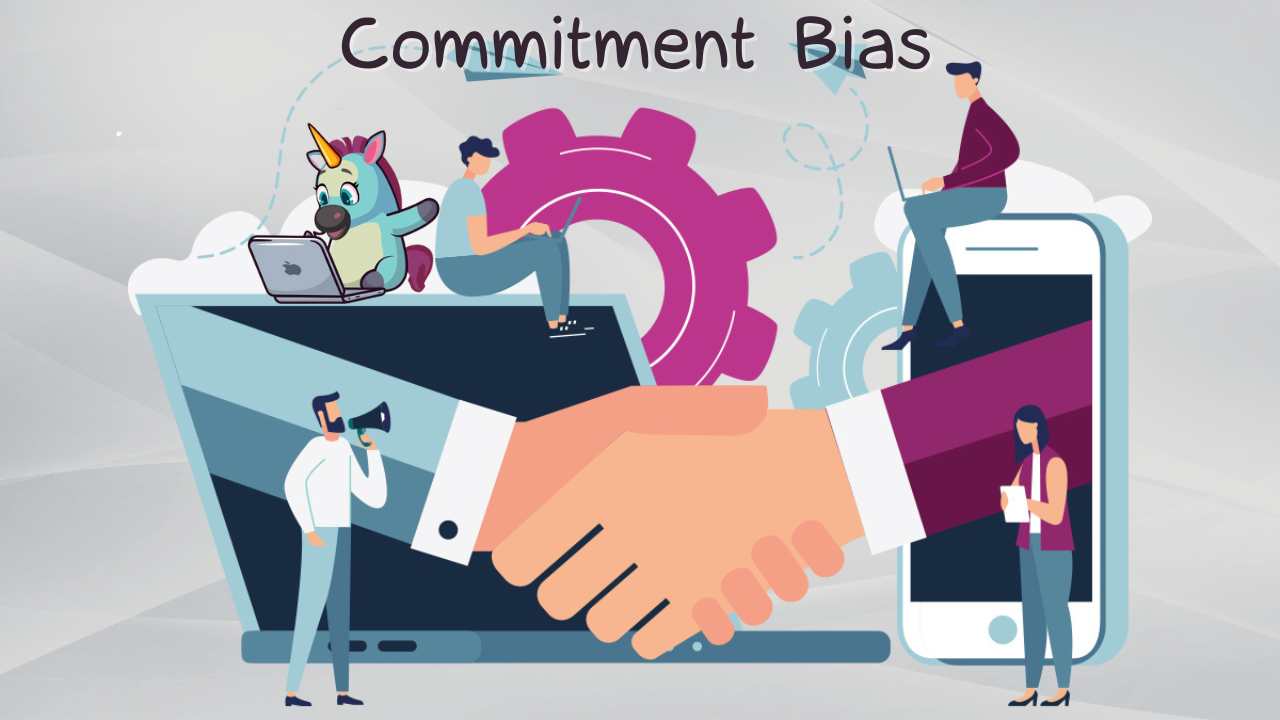
Leave a Reply